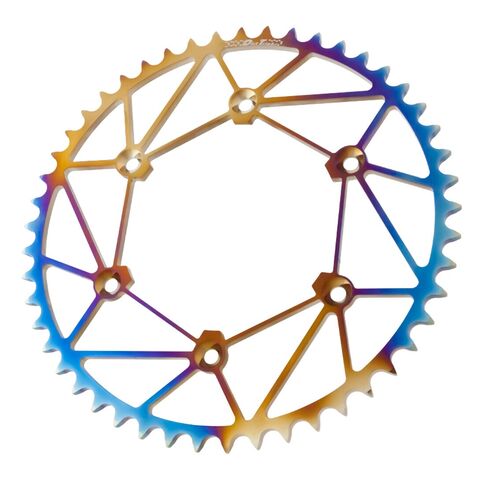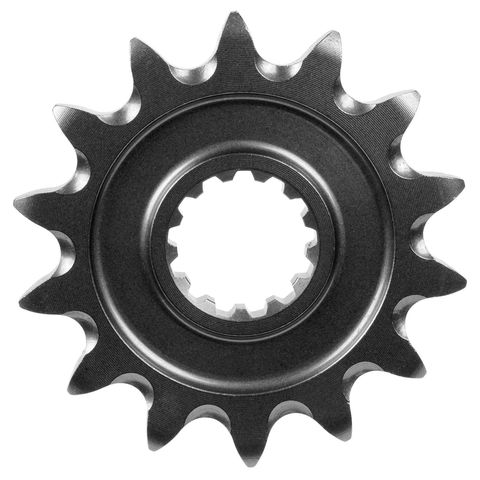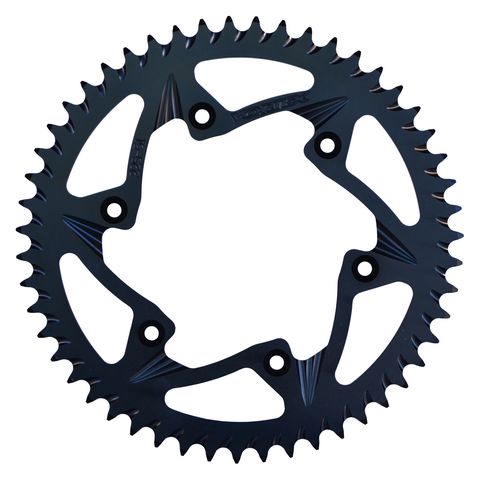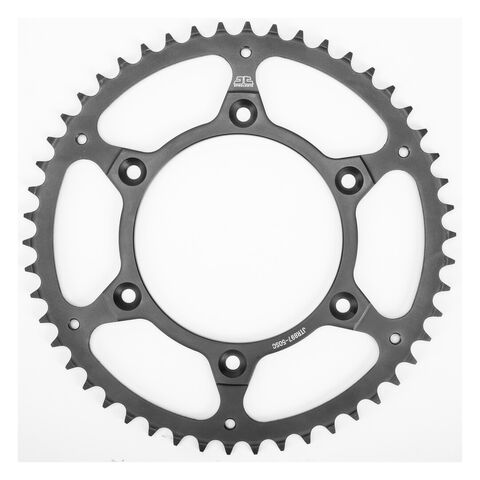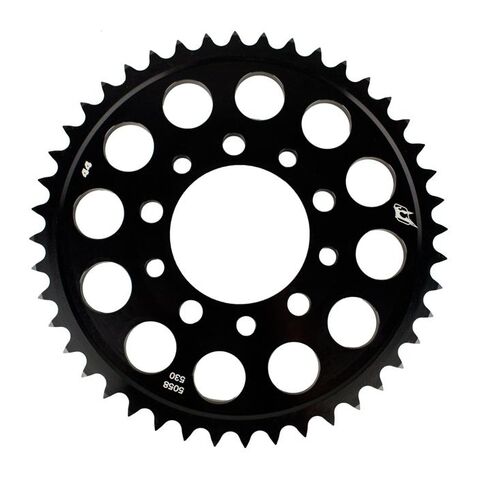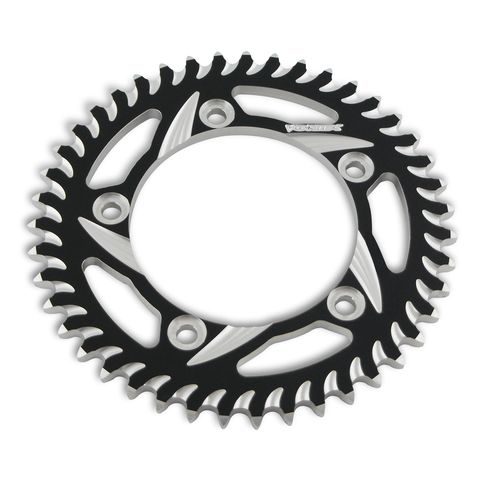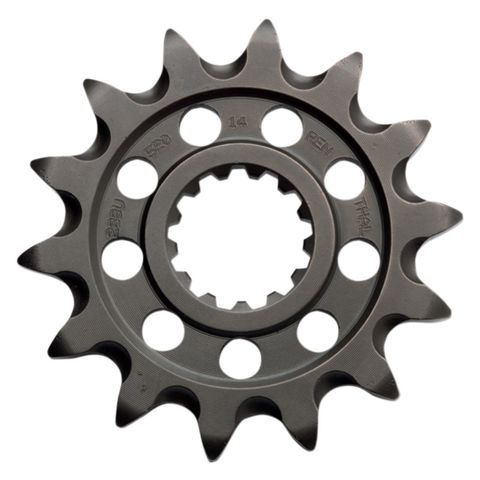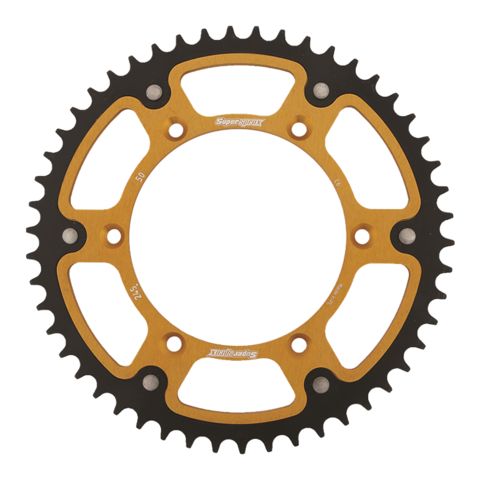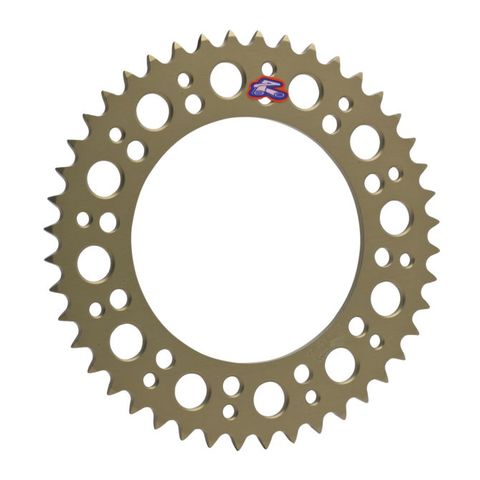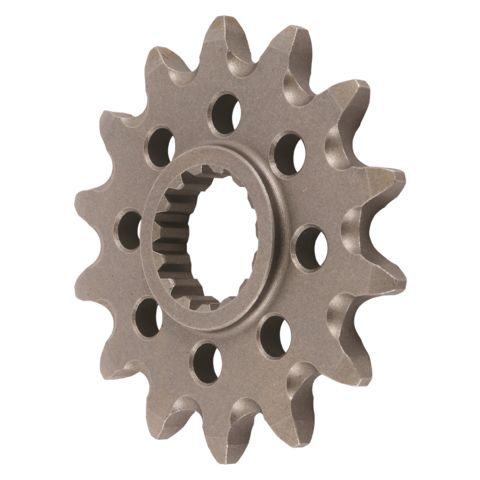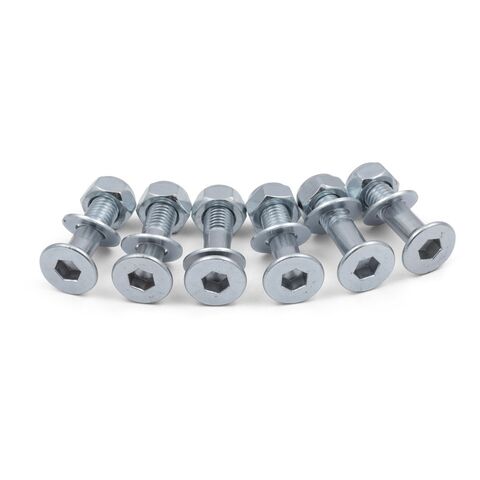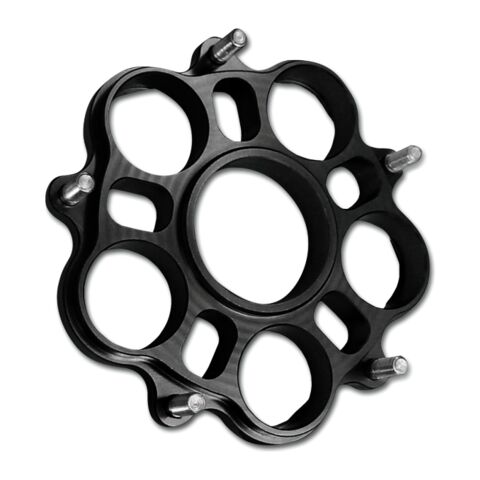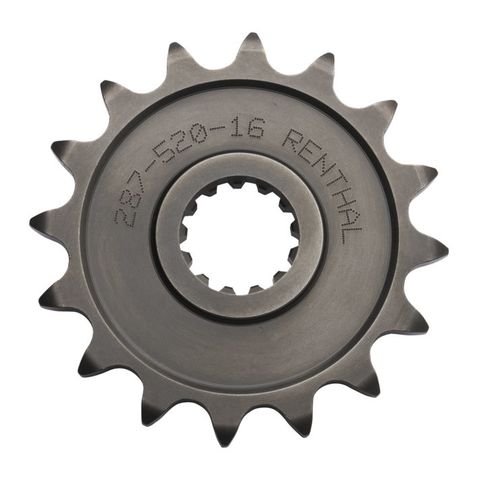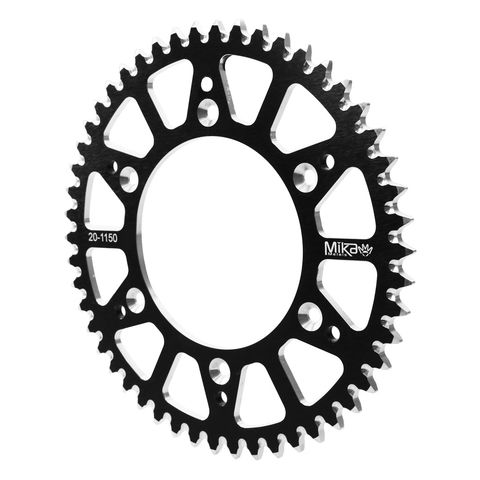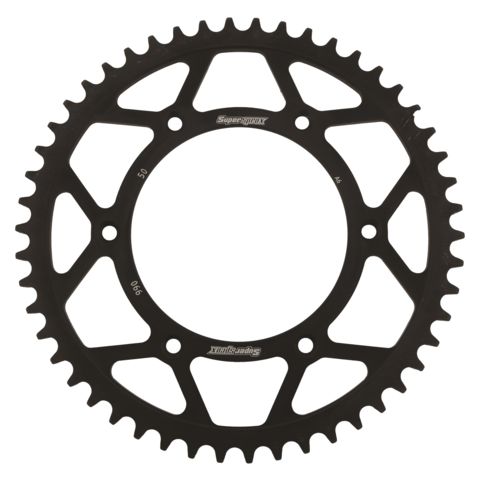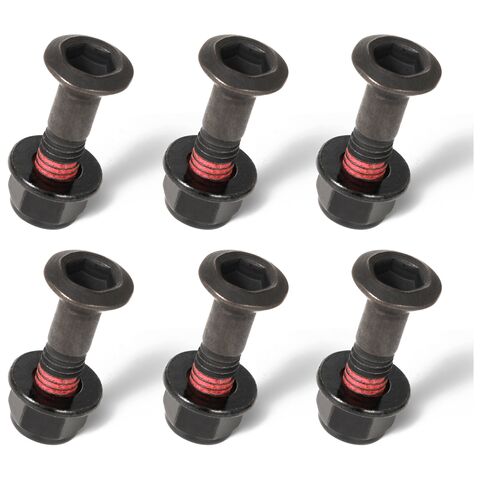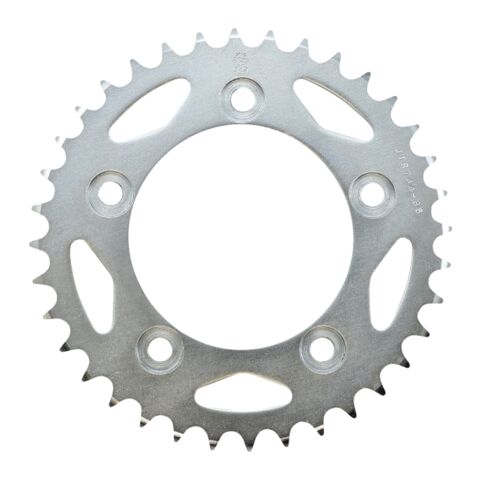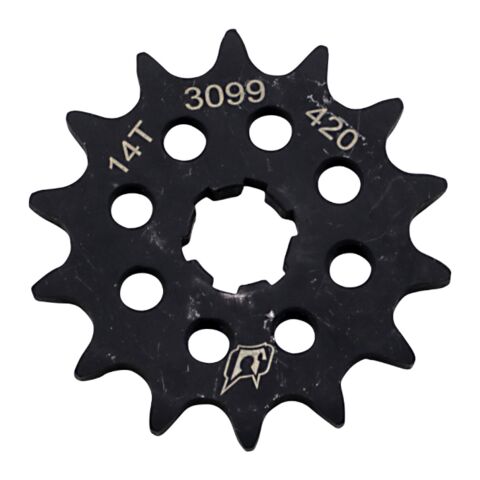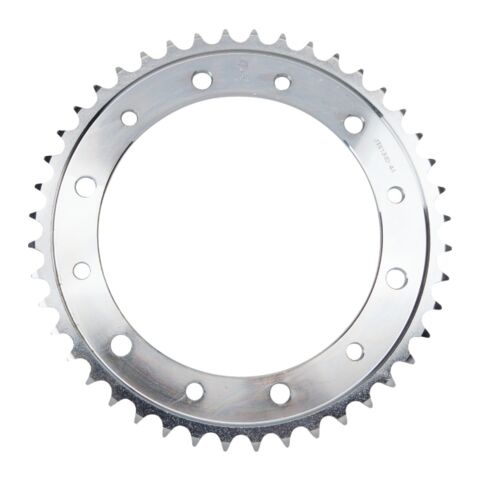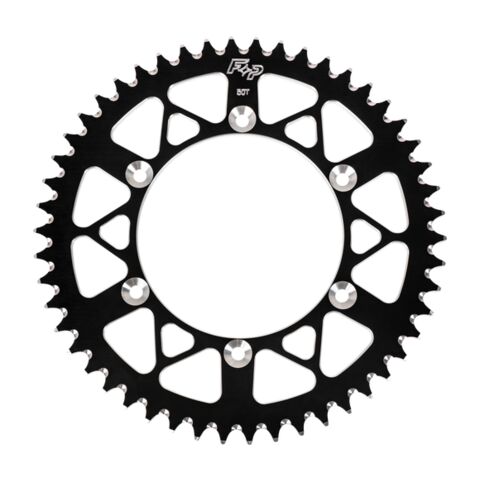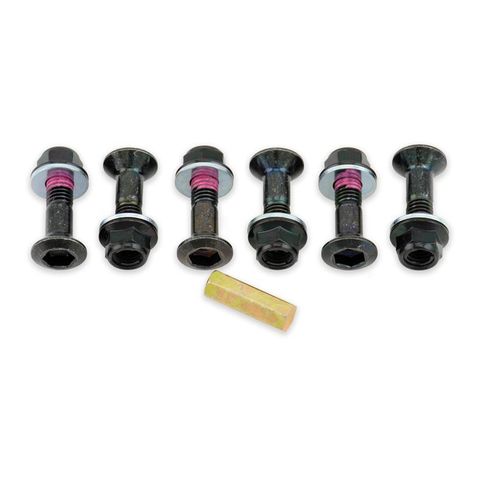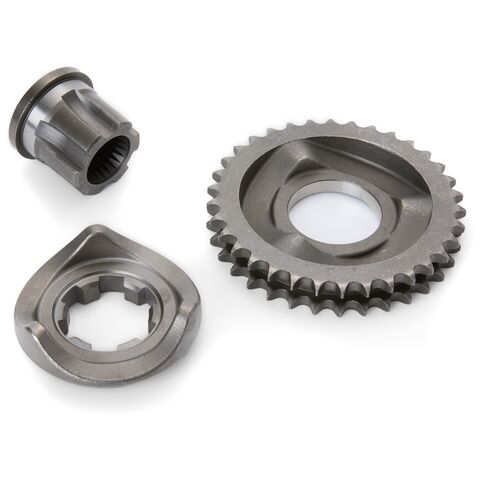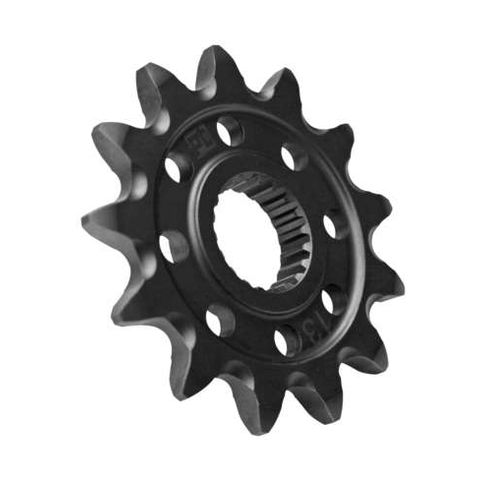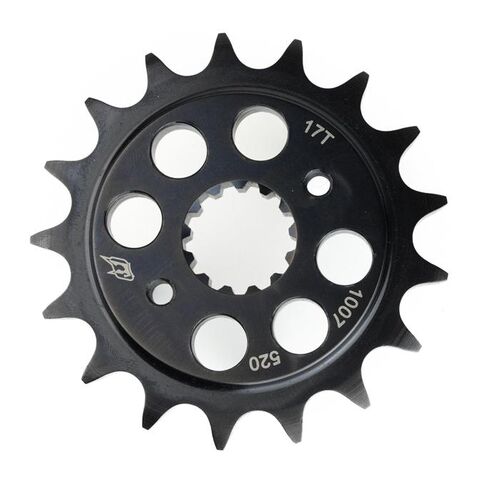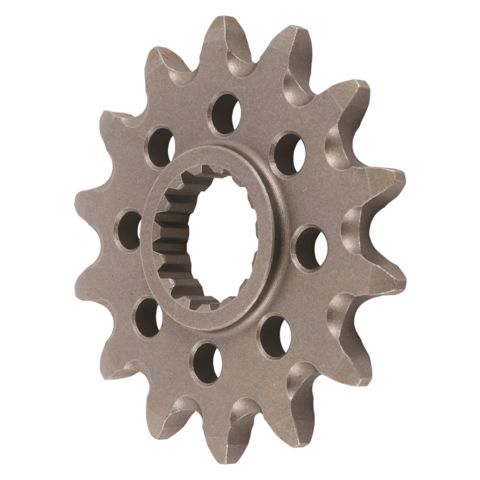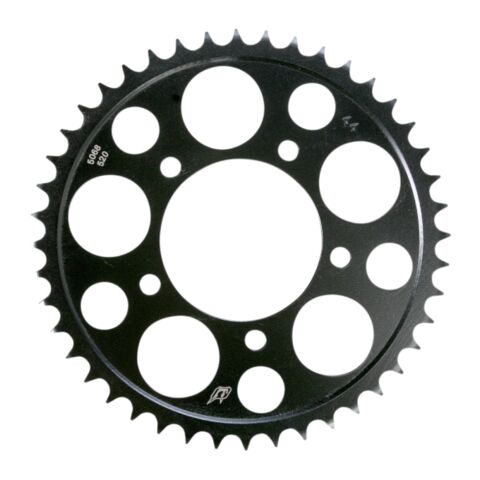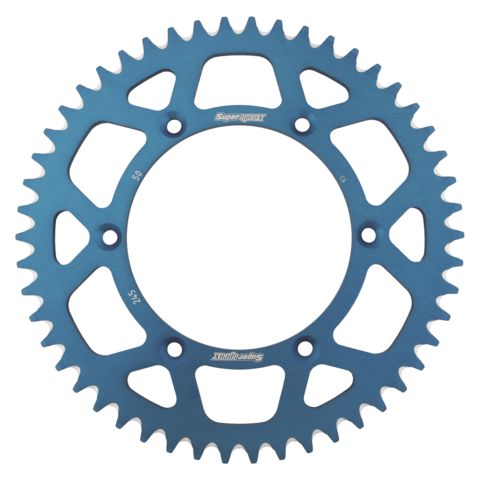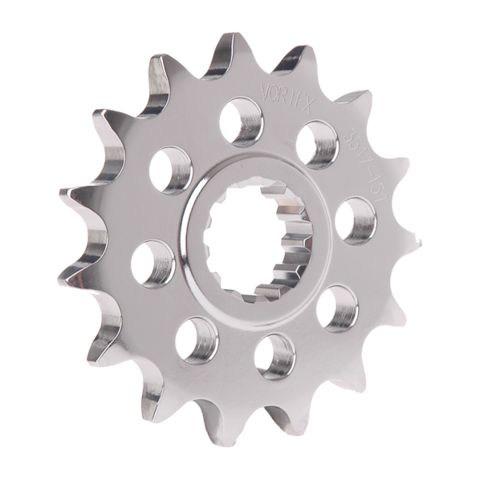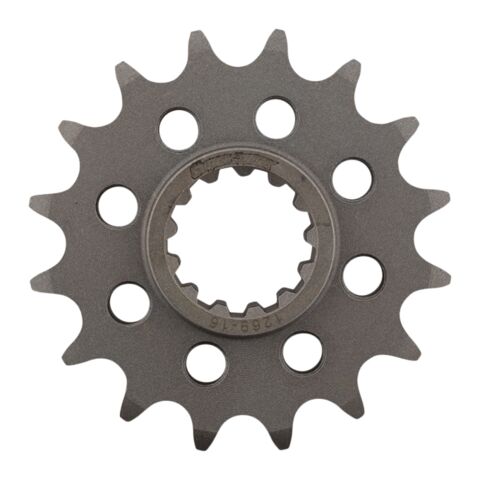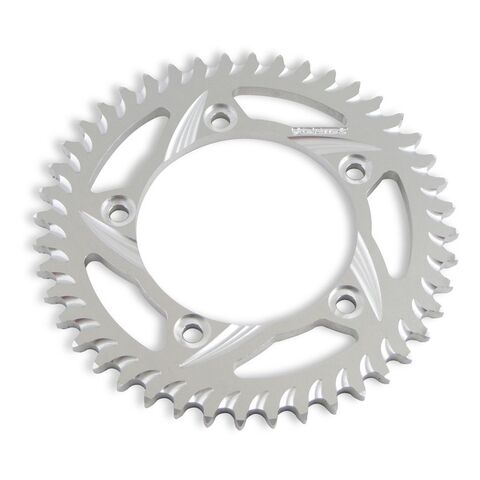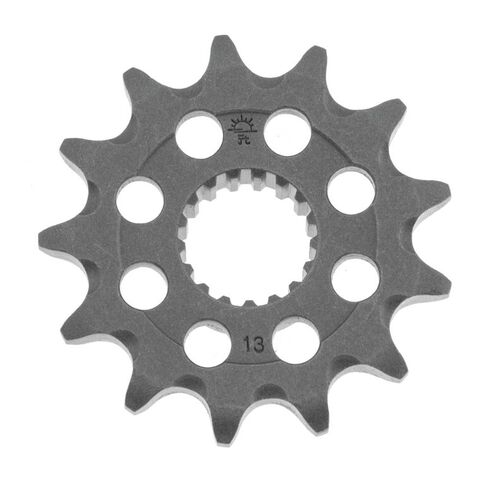Motorcycle Sprockets
Filters
- Riders Preferred Membership
- Shop By
- Store Pickup
- Product
- Brand
- Alloy Art(2)
- Arlen Ness(3)
- BILT FACTORY(1)
- Belt Drives Limited(6)
- BikeMaster(1)
- Biker's Choice(1)
- Bolt Hardware(1)
- DID Chain(1)
- Dirt Tricks(2)
- Drag Specialties(9)
- Driven Racing(14)
- Fire Power(3)
- Flo Motorsports(1)
- JT SPROCKETS(15)
- JT Sprockets(15)
- Jims(2)
- Mika Metals(2)
- Milwaukee Twins(7)
- Pro Taper(5)
- RSD Parts(1)
- Renthal(13)
- S&S Cycle(1)
- Sunstar(15)
- SuperSprox(14)
- Trackside(1)
- Trask(2)
- Twin Power(2)
- V-Twin Mfg.(36)
- Vortex Racing(75)
- Riding Style
- Category
- Price Range
- Discount Range
- Finish
- Color
There are a number of reasons why you might want to replace your motorcycle’s front or rear sprocket. After enough time and wear, your sprocket may simply need to be replaced. Inspect the condition of your sprocket every time you clean and lube your chain. Sharp or misshapen teeth are a sign it’s time for a new set of sprockets and a new chain. Check out our full guide on chain and sprocket maintenance here for photos and details.
If you’re looking for a performance boost, swapping out a heavy stock sprocket with a lightweight aftermarket replacement can shed a meaningful amount of rotating mass. Aluminum sprockets are great lightweight options, while robust modern options will offer aluminum inner sections bonded to steel teeth on the outside, allowing for weight savings without sacrificing durability.
In addition to trimming weight, replacement sprockets could add or remove teeth from the stock configuration. This will change your final drive ratio, adding either more top-end speed, or more low-end grunt to your ride depending on if you’re adding or removing teeth. Changes to the front sprocket will have a larger effect on the final outcome than changes to the rear -- the general rule of thumb is for every 1 tooth on the front sprocket, you could expect the same effect as 3 to 4 teeth on the rear. Making your front sprocket smaller and your rear sprocket larger will give you better acceleration at the expense of top-end performance. The reverse -- a larger front sprocket and a smaller rear -- will give you a faster top speed. It’s wise to make small changes to your sprockets to get a feel for how your ride will be affected.
Have questions? Reach out to our gear geeks by phone or email and they can help answer your questions about gear ratios, fitment concerns, and material considerations.
If you’re looking for a performance boost, swapping out a heavy stock sprocket with a lightweight aftermarket replacement can shed a meaningful amount of rotating mass. Aluminum sprockets are great lightweight options, while robust modern options will offer aluminum inner sections bonded to steel teeth on the outside, allowing for weight savings without sacrificing durability.
In addition to trimming weight, replacement sprockets could add or remove teeth from the stock configuration. This will change your final drive ratio, adding either more top-end speed, or more low-end grunt to your ride depending on if you’re adding or removing teeth. Changes to the front sprocket will have a larger effect on the final outcome than changes to the rear -- the general rule of thumb is for every 1 tooth on the front sprocket, you could expect the same effect as 3 to 4 teeth on the rear. Making your front sprocket smaller and your rear sprocket larger will give you better acceleration at the expense of top-end performance. The reverse -- a larger front sprocket and a smaller rear -- will give you a faster top speed. It’s wise to make small changes to your sprockets to get a feel for how your ride will be affected.
Have questions? Reach out to our gear geeks by phone or email and they can help answer your questions about gear ratios, fitment concerns, and material considerations.












